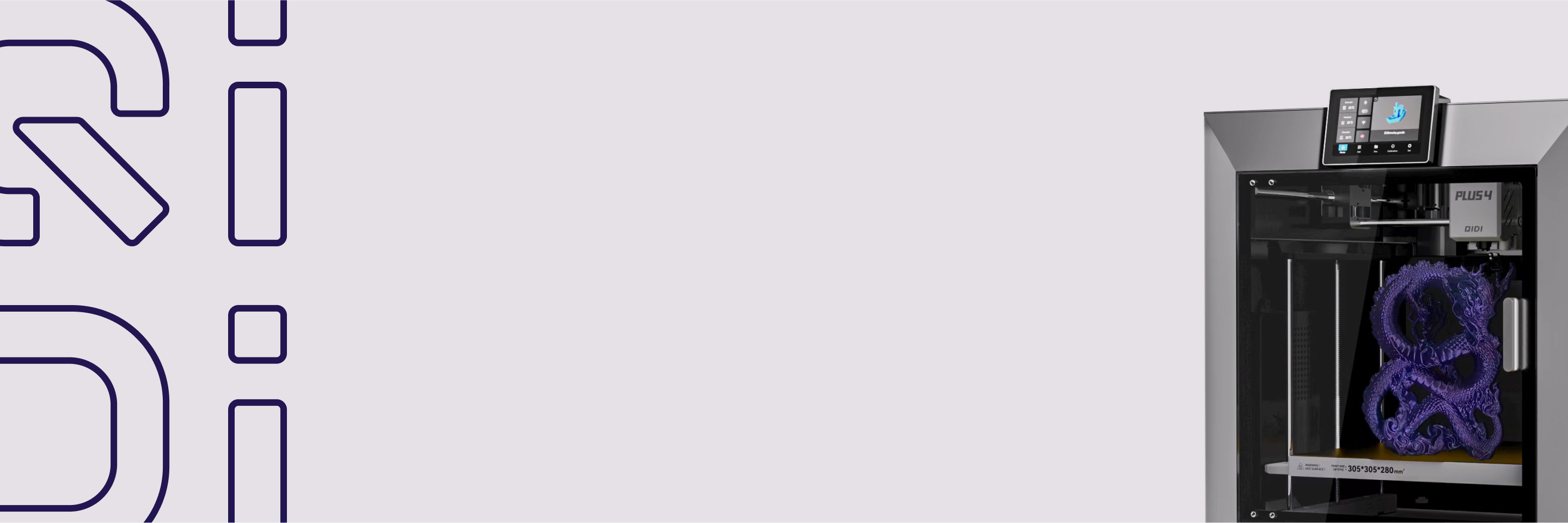Hur blir jag av med lukten i min 3D -skrivare?
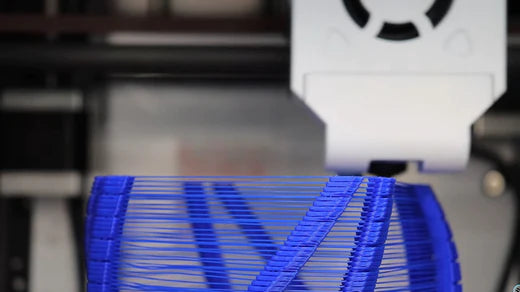
Ett snabbt svar
3D-utskrift kan orsaka obehagliga lukter och potentiella hälsorisker på grund av materialnedbrytning och processfaktorer. För att mildra dessa problem, säkerställ ordentlig ventilation, använd mindre luktande material och övervaka regelbundet luftkvaliteten. Mellan FDM och 3D-utskrift med harts anses FDM generellt sett vara säkrare på grund av färre skadliga utsläpp.
Introduktion
Obehagliga plastlukter är ett vanligt problem med 3D-skrivare. I takt med att 3D-utskrift blir alltmer populärt för prototyptillverkning, hobbyarbete och tillverkning, behöver hanteringen av dessa lukter mer fokus för att säkerställa bekväma och hälsosamma arbetsplatser. Den här guiden behandlar varifrån lukter från 3D-utskrift kommer, hälsoriskerna vid exponering och konkreta strategier för att förebygga, minska och övervaka utsläpp. Med bästa säkerhetspraxis kan operatörer främja renare luft samtidigt som de släpper lös kreativiteten. Vi utforskar praktiska lösningar så att du kan andas lättare och fokusera på utskriften.
Var kommer lukter från 3D-utskrift ifrån?
Obehagliga plastlukter vid 3D-utskrift kan komma från två huvudkällor – tryckmaterialen och själva tryckprocessen.
1. Tryckmaterial
De flesta konsument- och industriella 3D-skrivare använder termoplastiska filament som ABS, PLA, PETG, nylon eller kompositer som innehåller kolfiber. Vid de höga temperaturer som krävs för att smälta och extrudera dessa plaster (230 °C till 450 °F) sker termisk nedbrytning, vilket bryter ner polymerer och frigör en komplex blandning av flyktiga organiska föreningar (VOC) och gaser.
Vissa material, som ABS, är mer benägna att avge starkare och skarpare lukter än andra. Även miljövänligt PLA avger milda ångor. Exotiska filament som nylon eller kolfiberblandningar har distinkta lukter när de upphettas. Denna materialnedbrytning är en viktig källa till lukt.

2. Faktorer i tryckprocessen
Själva 3D-utskriftsprocessen kan också förvärra lukter i vissa situationer:
- Slutna tryckkammare koncentrerar och fångar flyktiga organiska föreningar snarare än att tillåta avledning.
- Otillräcklig kylning eller igensatta extruderfläktar förhindrar ventilation av heta avgaser.
- Gör-det-själv-kapslingar med dålig ventilation har liknande problem om de inte är aktivt ventilerade.
- Högre trycktemperaturer ökar luktintensiteten genom att påskynda filamentnedbrytningen.
- Längre utskriftsjobb innebär längre exponering för rök eftersom mer material bearbetas.
Både den grundläggande termiska nedbrytningen av vanligt 3D-utskriftsfilament Material såväl som aspekter av tryckprocessen spelar roll i luktgenerering. Att förstå dessa bakomliggande orsaker är nyckeln till att mildra lukter.
Är en 3D-skrivare luktsäker?
Att andas in plastångor kan verka ofarligt, men kan frekvent exponering för 3D-skrivarutsläpp i slutna utrymmen påverka din hälsa? Tyvärr, JA - regelbunden kontakt med koncentrerade ångor medför berättigade farhågor.
Utsläpp kan irritera ögon, näsa, hals och lungor. Huvudvärk, allergiska reaktioner, organskador eller andra långsiktiga problem är också möjliga över tid. ABS och nylon förvärrar särskilt symtomen hos känsliga individer.
Företagshälsovårdsgrupper rekommenderar behandla skrivarutsläpp som alla andra VOC-risker. Minimera kontakt, maximera ventilationen, övervaka luftkvaliteten och ta pauser från irriterande ångor. Barn, gravida kvinnor och personer med luftvägsbesvär behöver extra försiktighetsåtgärder.
Ignorera inte luftkvaliteten med 3D-utskrift! Att implementera grundläggande säkerhetsåtgärder och hitta material med lägre utsläpp är smarta drag. Även om additiv tillverkning ger fantastiska möjligheter, var klok och andas hälsosamt medan du skapar framtiden.

FDM vs. harts-3D-utskrift: Vilket är säkrare?
När det gäller säkerheten kring 3D-utskriftstekniker jämför vi ofta FDM med hartsbaserade trycktekniker som SLA. Mellan de två tenderar FDM att vara det säkrare alternativet på grund av dess lägre utsläpp av skadliga ämnen.
1. Säkerhet vid FDM-utskrift
FDM 3D-skrivare anses allmänt vara mer användarvänliga med potentiellt lägre risker. Här är anledningen:
- Material: FDM-skrivare använder vanligtvis termoplastiska filament som PLA (polymjölksyra), vilket anses säkert och släpper ut minimala skadliga utsläpp. Vid användning ABS (akrylnitrilbutadienstyren) filament, även om det släpper ut flyktiga organiska föreningar (VOC) som styren, kan dessa hanteras med god ventilation.
- Drift:FDM-skrivare är enkla att använda och kräver temperaturer som generellt är lägre än de som behövs för hartstryck, vilket minskar risken för bränder och brännskador.
- Utsläpp:Smältprocessen vid FDM-tryckning kan producera vissa lukter och flyktiga organiska föreningar, men dessa är mindre intensiva jämfört med ångorna från hartstryckning.
2. Säkerhetsproblem med hartstryck
Resinbaserade skrivare innebär en annan uppsättning utmaningar:
- Kemiska lukter och toxicitet:De flytande fotopolymerhartserna som används i dessa skrivare kan avge starka kemiska lukter och innehålla ämnen som kan vara irriterande, allergiframkallande eller till och med giftiga. Dessa ämnen inkluderar monomerer, lösningsmedel och andra biprodukter som kan frigöra irriterande gaser under härdningsprocessen.
- UV-exponering:SLA-skrivare använder UV-ljus för att härda hartset. Hantering av UV-härdningssystem kräver försiktighet för att undvika skadlig UV-strålning.
- Hanteringsförsiktighetsåtgärder: Ohärdad harts måste hanteras varsamt eftersom det kan vara irriterande för hud och ögon och kan vara giftigt, särskilt innan det har härdat.
3. Domen
Även om båda 3D-utskriftsmetoderna har specifika säkerhetsaspekter, uppfattas FDM generellt som mer användarvänligt och med mindre potentiell risk. Emellertid, Oavsett vilken teknik som används är det viktigt att noggrant följa tillverkarens säkerhetsriktlinjer, säkerställ ordentlig ventilation, använd personlig skyddsutrustning och följ alla rekommenderade driftsprocedurer för att säkerställa en så säker upplevelse som möjligt.
Om man var tvungen att välja enbart utifrån säkerhetsaspekter, FDM-tryckning skulle sannolikt vara det föredragna valet på grund av dess mindre aggressiva kemiska profil och enklare hantering. Med lämpliga säkerhetsåtgärder på plats kan dock båda teknikerna användas effektivt och säkert.
Hur blir man av med lukten av 3D-utskrifter?
Även om viss lukt är oundviklig finns det många proaktiva åtgärder du kan vidta för att rena luften. Mildrande åtgärder delas vanligtvis in i fyra huvudkategorier:
1. Förhindra lukten vid källan
Oavsett vilken 3D-skrivare du använder är det klokt att minska ångorna vid källan. Här är några sätt att minimera luktgenerering under utskrift:
- Välj filament som är utformade för att vara luktsvaga eller miljövänliga. PLA-plast tenderar att lukta mindre än ABS vid uppvärmning. För de som föredrar att skriva ut med ABS har QIDI Tech utvecklat en Luktfri ABS Rapido-filament, perfekt för känsliga utrymmen.
- Ställ in skivningsinställningar som använder lägsta möjliga munstyckestemperatur samtidigt som du får god vidhäftning mellan lagren. Lägre temperaturer innebär mindre rökproduktion.
- Håll koll på grundläggande underhåll som att rengöra munstycken, byta ut slitna fläktar och hålla filter rena från skräp. Korrekt luftflöde minskar pappersstopp och värmeutveckling.
Att förhindra lukter vid källan genom smart materialval och skrivarinställningar räcker långt.
2. Aktivt ventilera och filtrera
När lukter väl uppstår kan särskild ventilation och luftfiltrering ge lindring. Effektiva taktiker inkluderar:
- Öppna dörrar och fönster och använd fläktar för att maximera friskluftcirkulationen. Att späda ut och suga ut ångorna hjälper mycket.
- Titta på 3D-skrivare med höljen som har inbyggda kolfilter, frånluftsfläktar och ventilationsportar för att skrubba och driva ut lukter.
- Ventilera ut varma avgaser genom ett fönster med hjälp av en flexibel avluftningsslang från torktumlaren. Stoppar lukten vid källan.
- Fristående HEPA-, koldioxid- och elektrostatiska luftrenare avlägsnar aktivt föroreningar från utrymmet.
- Konstruera specialanpassade ventilerade kapslingar eller dragskåp för att fånga upp och filtrera utsläpp.
Att aktivt ventilera och filtrera luften under och efter utskrift är avgörande för luktkontroll.

3. Hantera material försiktigt
Korrekta förvarings- och avfallshanteringsvanor förhindrar onödiga lukter:
- Förvara filamentspolar i lufttäta plastbehållare eller påsar för att förhindra nedbrytning på grund av fuktabsorption.
- Kassera trasiga utskrifter, rafts, stöd och tömda spolar i slutna behållare om de avger lukt.
Att vara noggrann med material i alla steg minimerar förebyggbara lukter.
4. Kontrollera luftkvaliteten regelbundet
Kontinuerlig luftkvalitetsövervakning säkerställer att dina begränsningsåtgärder fungerar:
- Använd partikel- och flyktiga organiska föreningar (VOC-detektorer). Om du känner lukt överstiger nivåerna sannolikt hälsorekommendationerna.
- Notera avläsningar över tid för att bekräfta att åtgärderna för att mildra effekterna fungerar och att luftkvaliteten förbättras.
- Överväg att anlita experter regelbundet för djupgående tester av inomhusluftens kvalitet.
Med fokus på förebyggande strategier, aktiv ventilation, försiktig materialhantering och kontinuerlig luftövervakning är 3D-utskrift utan obehagliga plastlukter möjlig. Var noggrann, så kan du andas lättare medan du släpper lös din kreativitet.
Avhämtningsstället
Obehagliga och potentiellt farliga lukter är en vanlig bieffekt av populära 3D-utskriftsfilament och -processer. Men med förståelse för orsakerna, förebyggande strategier, aktiva lösningar för att minska utsläppen, säker hantering och lagring av material, luftkvalitetsövervakning och felsökning av allvarliga problem kan utsläppens påverkan minskas dramatiskt. Även om fler förbättringar fortfarande behövs kan dagens informerade operatörer agera beslutsamt för att främja renare luft och hälsosammare arbetsplatser inom additiv tillverkning. Välkommen till framtiden för luktfri 3D-utskrift!


 F2
F2
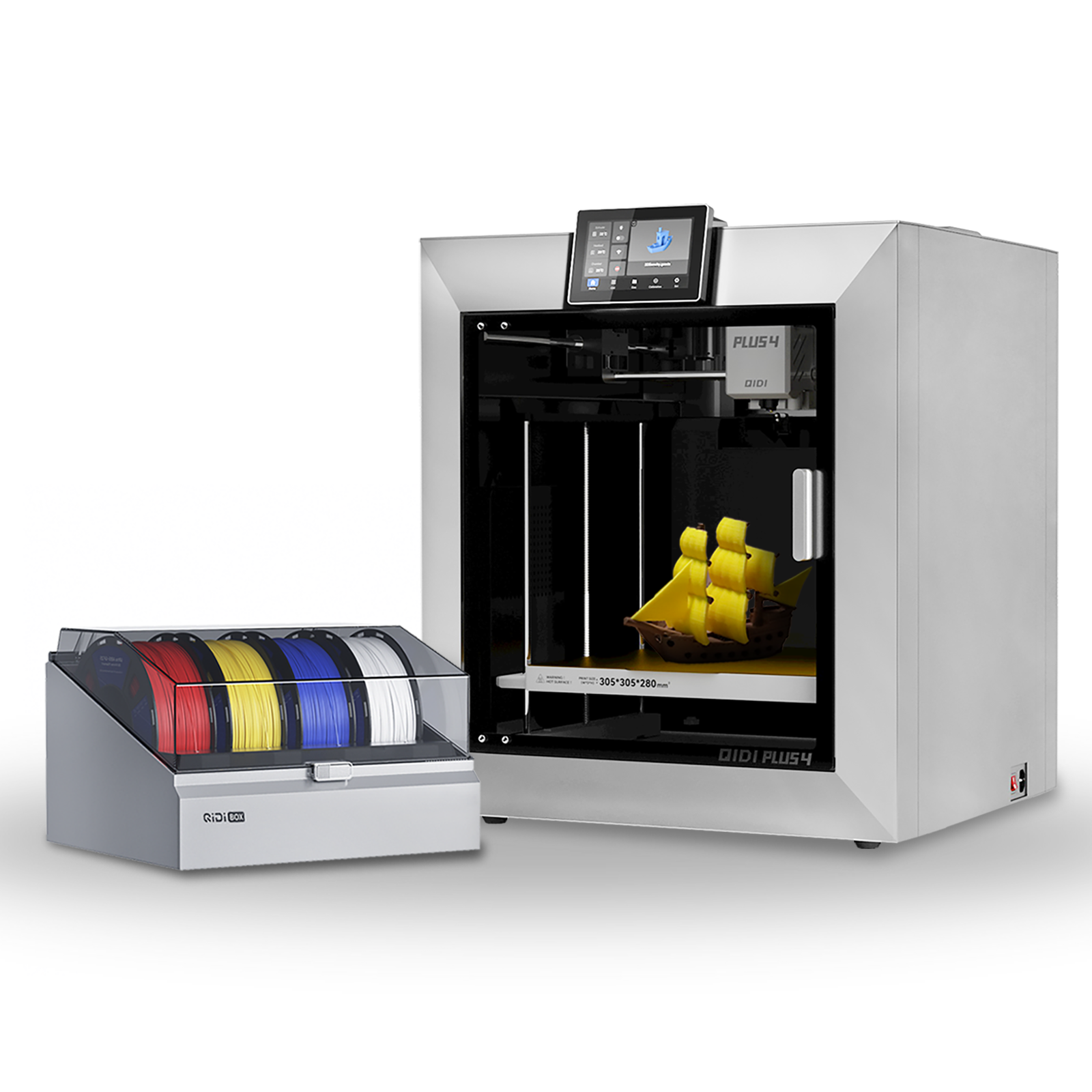 Plus4
Plus4
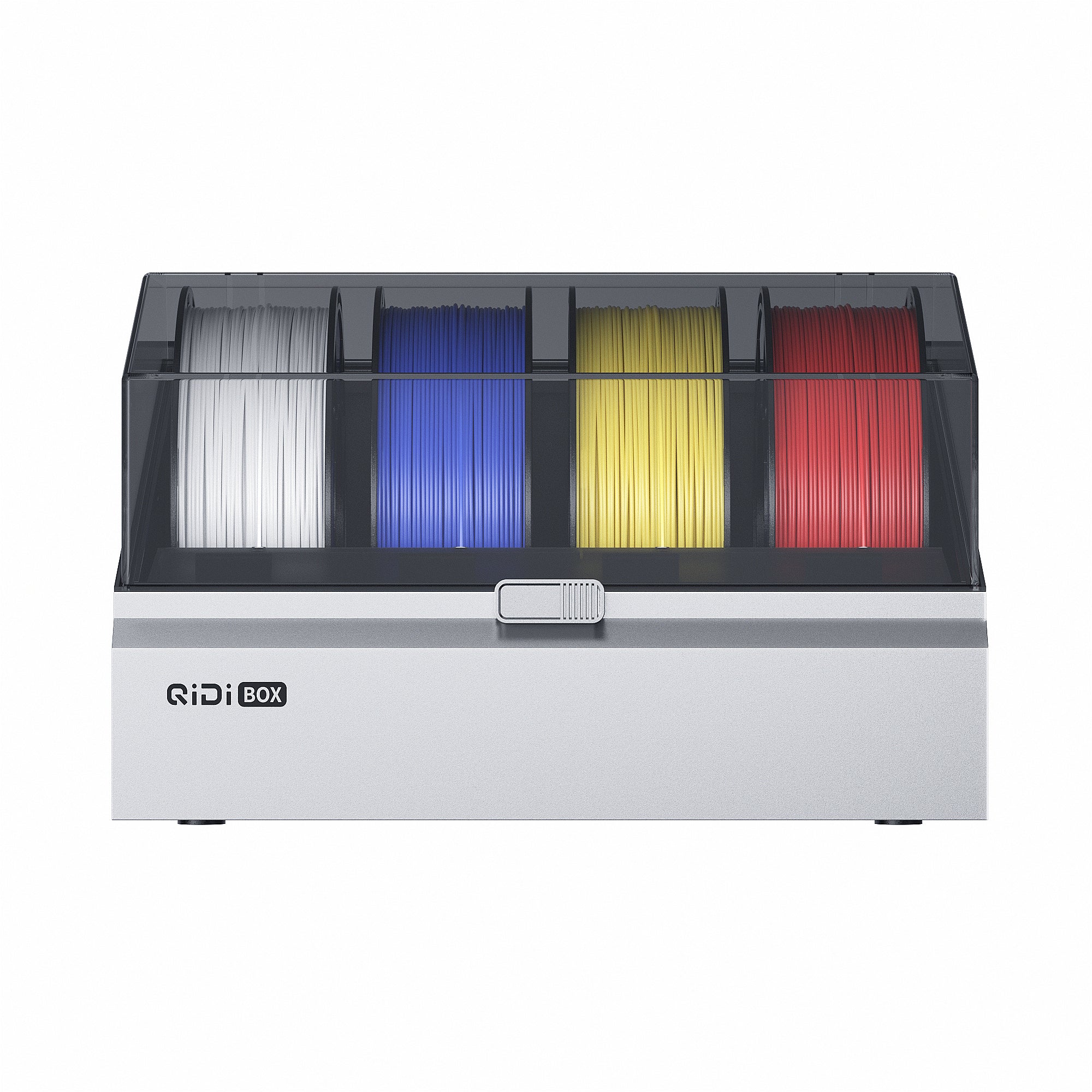 Qidi Box
Qidi Box
![[Qidi X-CF Pro, speziell für den Druck von Kohlefaser und Nylon entwickelt] - [QIDI Online Shop DE]](http://eu.qidi3d.com/cdn/shop/files/3034a1133efe01daba919094b70c6310.jpg?v=1750300120) Q1pro
Q1pro
![[Qidi X-CF Pro, speziell für den Druck von Kohlefaser und Nylon entwickelt] - [QIDI Online Shop DE]](http://eu.qidi3d.com/cdn/shop/products/X-MAX3-3D-Printer-02.png?v=1750300138) Max3
Max3
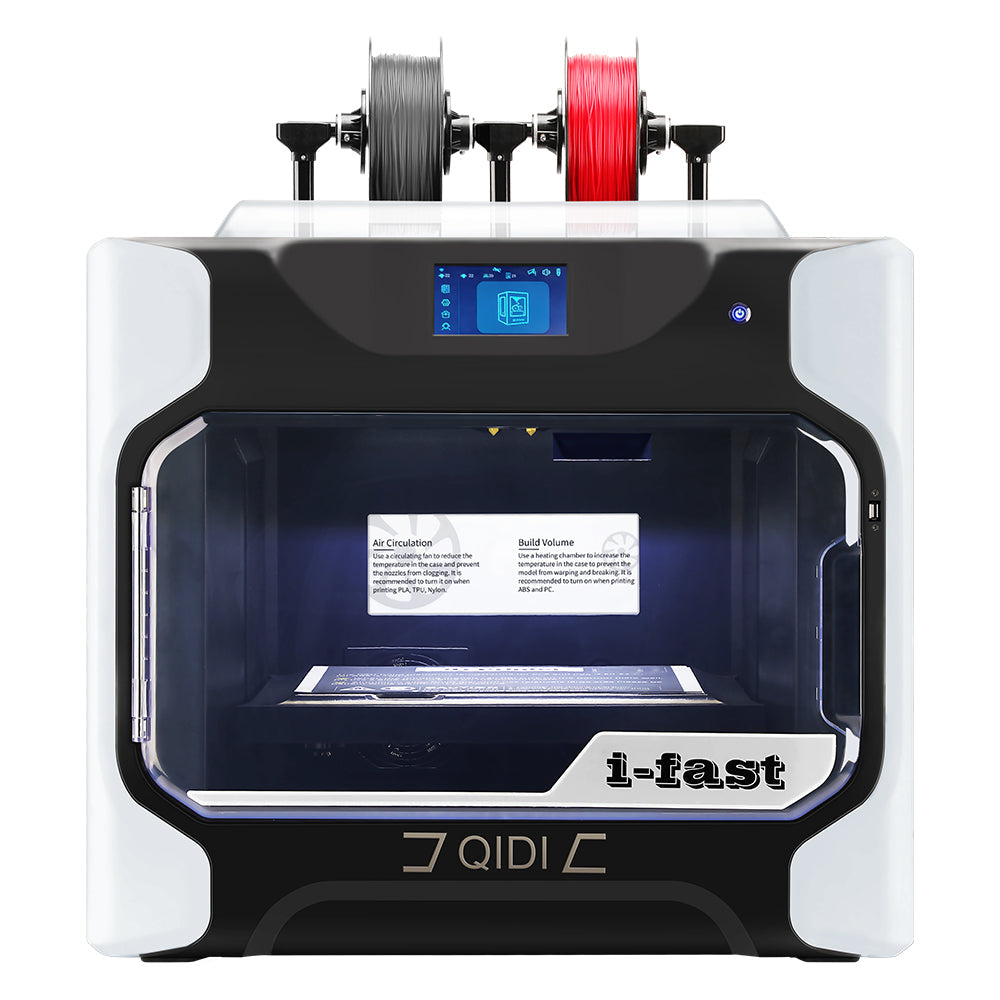 I-snabb
I-snabb
